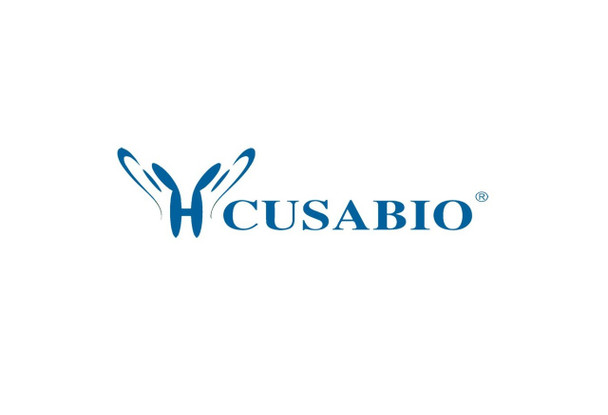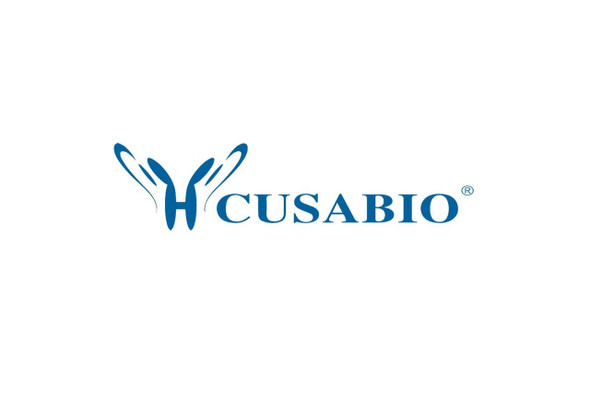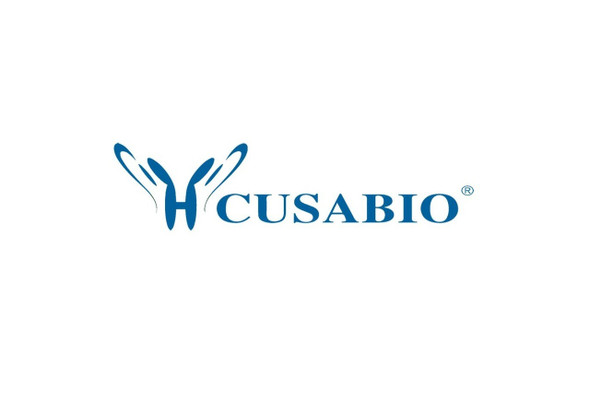Cusabio Human Recombinants
Recombinant Human Plasminogen (PLG), partial | CSB-EP018188HU1
- SKU:
- CSB-EP018188HU1
- Availability:
- 3 - 7 Working Days
Description
Recombinant Human Plasminogen (PLG), partial | CSB-EP018188HU1 | Cusabio
Alternative Name(s): Plasmin; Plasmin heavy chain A; Plasmin light chain B; Plasminogen; PLG; PLMN_HUMAN
Gene Names: PLG
Research Areas: Others
Organism: Homo sapiens (Human)
AA Sequence: QCLKGTGENYRGNVAVTVSGHTCQHWSAQTPHTHNRTPENFPCKNLDENYCRNPDGKRAPWCHTTNSQVRWEYCKIPSCDSSPVSTEQLAPTAPPELTPVVQDCYHGDGQSYRGTSSTTTTGKKCQSWSSMTPHRHQKTPENYPNAGLTMNYCRNPDADKGPWCFTTDPSVRWEYCNLKKCSGTEASVVAPPPVVLLPDVETPSEEDCMFGNGKGYRGKRATTVTGTPCQDWAAQEPHRHSIFTPETNPRAGLEKNYCRNPDGDVGGPWCYTTNPRKLYDYCDVPQC
Source: E.coli
Tag Info: N-terminal 6xHis-tagged
Expression Region: 274-560aa
Sequence Info: Partial
MW: 36.0 kDa
Purity: Greater than 85% as determined by SDS-PAGE.
Relevance: Plasmin dissolves the fibrin of blood clots and acts as a proteolytic factor in a variety of other processes including embryonic development, tissue remodeling, tumor invasion, and inflammation. In ovulation, weakens the walls of the Graafian follicle. It activates the urokinase-type plasminogen activator, collagenases and several complement zymogens, such as C1 and C5. Cleavage of fibronectin and laminin leads to cell detachment and apoptosis. Also cleaves fibrin, thrombospondin and von Willebrand factor. Its role in tissue remodeling and tumor invasion may be modulated by CSPG4. Binds to cells. Angiostatin is an angiogenesis inhibitor that blocks neovascularization and growth of experimental primary and metastatic tumors in vivo.
Reference: "Expression of recombinant human plasminogen and aglycoplasminogen in HeLa cells." Browne M.J., Chapman C.G., Dodd I., Carey J.E., Lawrence G.M.P., Mitchell D., Robinson J.H. Submitted (OCT-1991)
Storage: The shelf life is related to many factors, storage state, buffer ingredients, storage temperature and the stability of the protein itself. Generally, the shelf life of liquid form is 6 months at -20?/-80?. The shelf life of lyophilized form is 12 months at -20?/-80?.
Notes: Repeated freezing and thawing is not recommended. Store working aliquots at 4? for up to one week.
Function: Plasmin dissolves the fibrin of blood clots and acts as a proteolytic factor in a variety of other processes including embryonic development, tissue remodeling, tumor invasion, and inflammation. In ovulation, weakens the walls of the Graafian follicle. It activates the urokinase-type plasminogen activator, collagenases and several complement zymogens, such as C1 and C5. Cleavage of fibronectin and laminin leads to cell detachment and apoptosis. Also cleaves fibrin, thrombospondin and von Willebrand factor. Its role in tissue remodeling and tumor invasion may be modulated by CSPG4. Binds to cells.
Involvement in disease: Plasminogen deficiency (PLGD)
Subcellular Location: Secreted
Protein Families: Peptidase S1 family, Plasminogen subfamily
Tissue Specificity: Present in plasma and many other extracellular fluids. It is synthesized in the liver.
Paythway: Complementandcoagulationcascades
Form: Liquid or Lyophilized powder
Buffer: If the delivery form is liquid, the default storage buffer is Tris/PBS-based buffer, 5%-50% glycerol. If the delivery form is lyophilized powder, the buffer before lyophilization is Tris/PBS-based buffer, 6% Trehalose, pH 8.0.
Reconstitution: We recommend that this vial be briefly centrifuged prior to opening to bring the contents to the bottom. Please reconstitute protein in deionized sterile water to a concentration of 0.1-1.0 mg/mL.We recommend to add 5-50% of glycerol (final concentration) and aliquot for long-term storage at -20?/-80?. Our default final concentration of glycerol is 50%. Customers could use it as reference.
Uniprot ID: P00747
HGNC Database Link: HGNC
UniGene Database Link: UniGene
KEGG Database Link: KEGG
STRING Database Link: STRING
OMIM Database Link: OMIM









